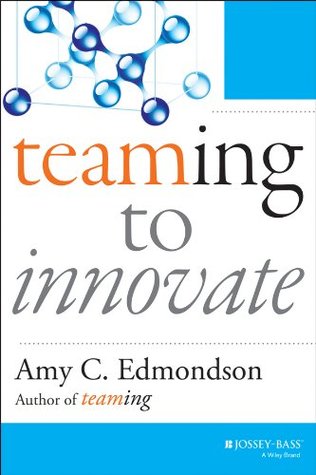More on this book
Community
Kindle Notes & Highlights
In any successful organization, leadership exercises three basic levers that influence the actions of others. The first is communicating an inspiring picture of a desirable future.
In many companies, work teams in globally dispersed locations—so-called virtual teams—are used to integrate expertise. They’re virtual because they work together using communication technologies like email, phone, or Skype. The potential for innovation from such teaming is great; however, the challenges are equally so. Without face-to-face contact, taken-for-granted assumptions can be particularly tricky to recognize and address.
It’s not possible to manage conflict by simply avoiding emotions. Our emotions are spontaneous and natural. To suggest we avoid them in difficult conversations is a fool’s errand. Instead, we have to learn how to be thoughtful and open about them. We have to be willing to dig a little more deeply into what they are telling us. This is essential because innovation almost always involves the effective use of differences. Learning how to talk about what makes us tick and what lies underneath our opinions helps to build the genuine, resilient relationships that are crucial to effective teaming.
Innovation involves people. And people, as we all know, are complicated creatures.
A pilot is meant to generate knowledge about what won’t work, not simply affirm the genius behind an innovation. Pilots must be designed to fail.
Managers are often concerned, as I’ve mentioned, that embracing failure will create a messy, anarchic, anything-goes environment in which nothing ever gets done. But this simply isn’t the case. One does not follow from the other. The fact is, failure is inevitable, especially in today’s complex knowledge economy. Learning from failure, even moving in that direction, will give any organization a competitive edge.
Everyone agrees that people and organizations should learn from failure. And yet organizations that systematically and effectively learn from failure are very rare. This is because learning fast requires discipline.
In many companies, incentives (formal and informal) are inconsistent with stated values about learning from failure. This makes true experimentation difficult and rare.
A final barrier to effective experimentation is the reluctance people have to call an experiment a failure, even after the data are clearly pointing in that direction.
We tend to downplay our own responsibility and blame external or situational factors when we fail, only to do the reverse when assessing the failures of others—a psychological trap known as fundamental attribution error.
Expert outside (or internal) facilitators can keep a reflection process productive and bring new perspectives and insights that deepen the analysis.
Effective analysis of failure requires both time and space, along with skill in managing the conflicting perspectives that may emerge. Some organizations, like the military, set aside time for “after-action reviews”; hospitals use “morbidity and mortality” (M&M) conferences to discuss significant mistakes or unexpected patient deaths as a forum for identifying, discussing, and learning from failures.
To learn from failed or successful experiments, people need to know how to use basic scientific tools, including the appropriate use of statistical analyses or qualitative data analysis. Relying exclusively on common sense, gut feel, or intuition can lead to flawed conclusions.
Reflection takes skill and patience. Yet many managers admire and are rewarded for decisiveness, efficiency, and action—not thoughtful reflection. It takes leadership to push forward against this cultural tide, ensuring that lessons are learned. In the long run, this saves time and promotes the innovation that is so necessary for tomorrow’s success.
“We’re in the discovery business, and the faster we fail, the faster we’ll succeed.” Many managers don’t understand or appreciate this subtle but crucial point.
Team sports have guidelines that move the game forward. Reflection, sharing insights widely in a psychologically safe environment, creating the next experiment, and learning from failures are all crucial steps that move innovation forward.


